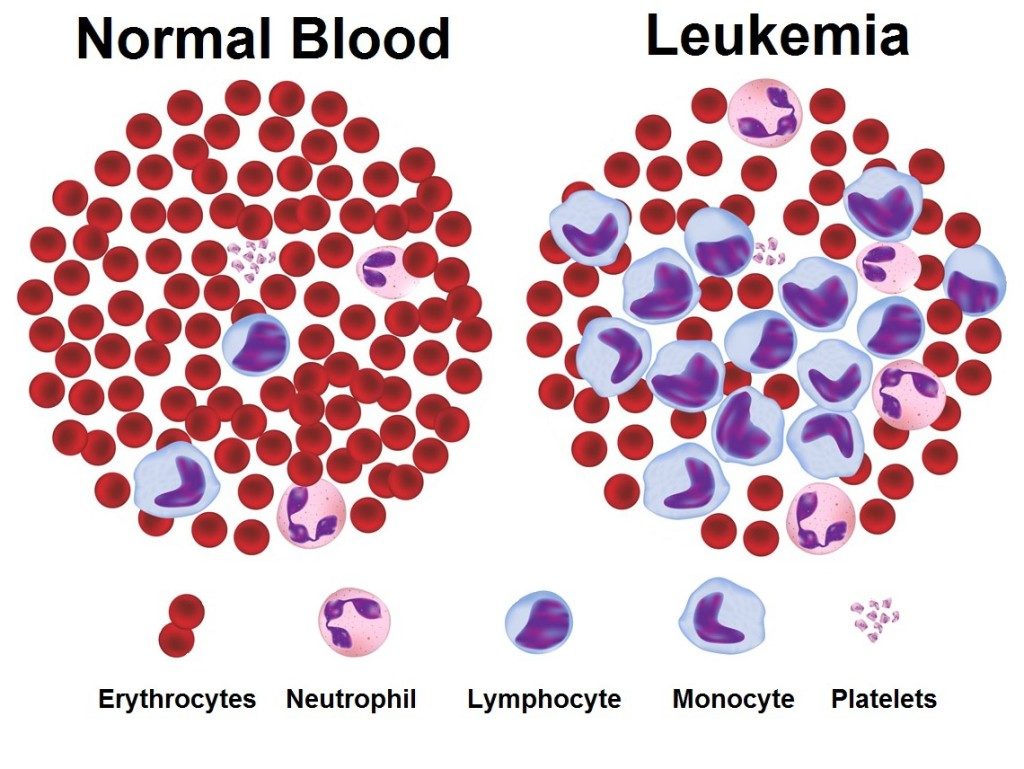Pattern of Use and Long-Term Safety of Tyrosine Kinase Inhibitors: A Decade of Real-World Management of Chronic Myeloid Leukemia
Alessandra Bettiol,Ettore Marconi, Niccolò Lombardi, Giada Crescioli, Filippo Gherlinzoni, Thomas Walley, Alfredo Vannacci, Alessandro Chinellato, Pietro Giusti
Background and Objectives
First-line treatment of chronic phase (CP) chronic myeloid leukemia (CML) is based on the first-generation tyrosine kinase inhibitor (TKI) imatinib or the second-generation TKIs dasatinib or nilotinib. Thanks to the efficacy of TKIs, CML has switched from a fatal to a ‘chronic’ pathology, and data from clinical trials have become insufficient to drive physicians’ prescription choices and address long-term treatment outcomes. On the brink of commercialization of generic imatinib, this study aims to evaluate the therapeutic pattern of CP-CML and the occurrence of adverse events (AEs) over a decade of local real clinical practice.
Methods
A retrospective cohort study was performed on CP-CML patients followed up in the Local Health Unit of Treviso (Veneto Region, Italy) during the period 2005–2015. Data were captured from both administrative databases and physicians’ patient diaries.
Results
Of 81 CP-CML patients, 73 were treated with first-line imatinib; among the second-generation TKIs, only nilotinib was used (n = 8). Overall, 38% of imatinib-treated subjects needed to switch, mainly due to intolerance, whereas no switches occurred in the nilotinib cohort. Osteoarticular pain was the most common AE and was significantly more frequent in the imatinib cohort (68.49 vs. 25.00%, p = 0.022). Other common AEs were dermatologic manifestations, asthenia, and diarrhea.
Conclusion
Although based on a small population, this study represents an unbiased reference on the long-term management of CML in an Italian clinical setting. Our results indicate a better profile of first-line nilotinib, both in terms of persistency and tolerability. AEs remain a major concern, highlighting the importance of close monitoring.



